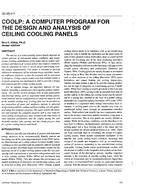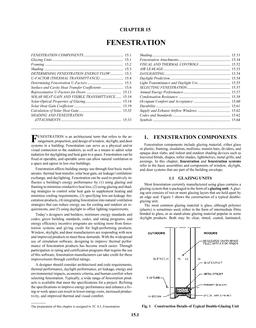In this study, a Swedish multi-unit residential building built in the 1950s is investigated. The house, situated in the Gothenburg metropolitan area, with a lightweight concrete structure and brick cladding, was severely affected by weathering and had accumulated moisture in its structure, leading to high moisture content throughout the walls. In addition, the energy performance of the building was poor. To improve its hygrothermal performance, an exterior insulation and finishing (EIF) system with mineral wool and a thick layer of mineral scratch rendering (stucco) was chosen to not alter the time typical aesthetics of the 1950s house and cultural historic neighbourhood.
The walls most affected by moisture were instrumented with wireless hygrothermal gauges and monitored before, during, and for more than one year after the retrofitting. This paper presents the final results from the in-situ measurements and compares the findings to calculated transient hygrothermal simulations of the façade as well as the whole building. The thermal properties of the building components and their impact on heat losses are evaluated as well as the energy performance for the whole building by the energetic building simulation.
The results show that the chosen EIF system facilitated a quick drying of the accumulated moisture in the autoclaved aerated concrete (AAC) and that simulations are in accordance with monitored hygrothermal behaviour, both for the façade and the whole building simulations. It is also shown that the effect of the moisture taken up by the façades on energy performance can be estimated using a holistic whole building simulation model.
Presented at Thermal Performance of Exterior Envelopes of Whole Buildings XII, December 2013
Citation: Thermal Performance of Exterior Envelopes of Whole Buildings XII
Product Details
- Published:
- 2013
- Number of Pages:
- 8
- File Size:
- 1 file , 4.2 MB
- Product Code(s):
- D-BldConf13-20


